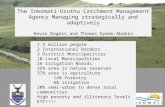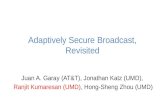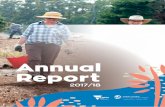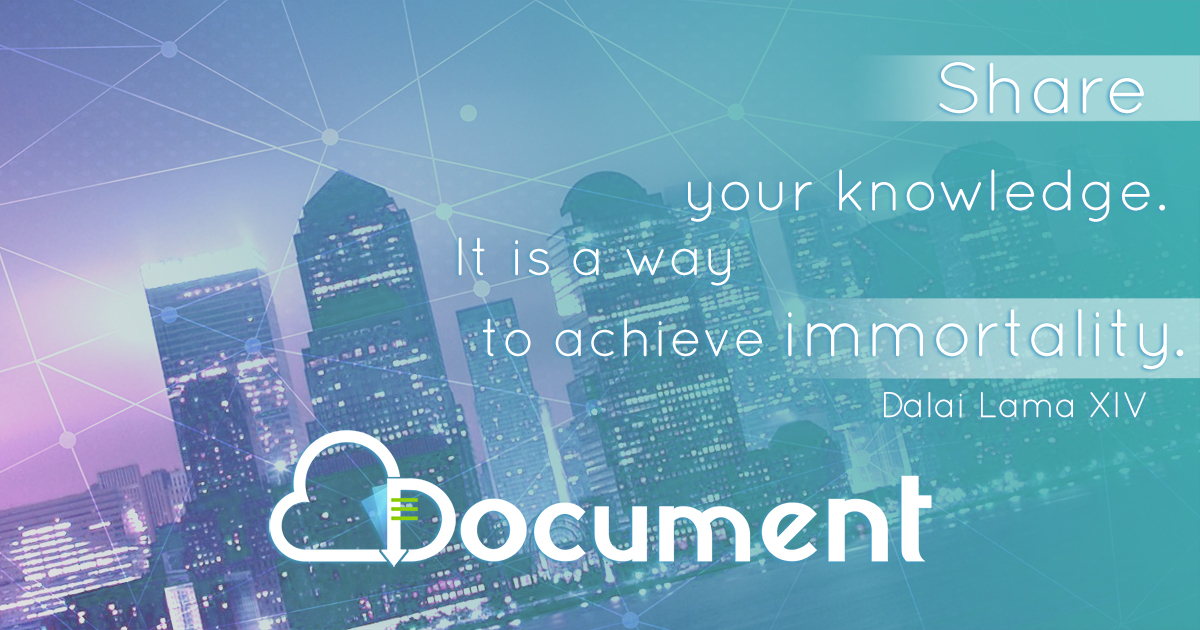MANAGING THE SOCIAL IMPACTS OF … › 2017 › 10 › ...Adaptive social impact management (ASIM)...
Transcript of MANAGING THE SOCIAL IMPACTS OF … › 2017 › 10 › ...Adaptive social impact management (ASIM)...

POLICY BRIEF | OCTOBER 2017
MANAGING THE SOCIAL IMPACTS OF CONSERVATION
SummaryConcerns about the negative consequences of conservation for local people haveprompted attention toward how to address the social impacts of differentconservationprojects, programs, andpolicies. Inevitably,whenactions are taken toprotect or manage the environment this will produce a suite of both positive andnegative social impacts for local communities and resourceusers. Thus, a challengefor conservation and environmental decision-makers and managers is maximizingsocial benefits whileminimizing negative burdens across social, economic, cultural,health, and governance spheres of human well-being. The last decade has seensignificant advances in both the methods and the metrics for understanding howconservation and environmental management impact humanwell-being. There hasalso been increaseduptake in socio-economicmonitoring programs in conservationorganizations and environmental agencies. Yet, little guidance exists on how tointegratetheresultsofsocialimpactmonitoringbackintoconservationmanagementand decision-making. We recommend that conservation organizations andenvironmental agencies take steps to better understand and address the socialimpacts of conservation and environmental management. This can be achieved byintegratingkeycomponentsof theadaptivesocial impactmanagement (ASIM)cycleoutlinedbelowintodecision-makingandmanagementprocesses**.
Conservationandenvironmentalmanagementcanproducebothpositiveandnegativesocialimpactsforlocalcommunitiesandresourceusers.Thusitisnecessarytounderstandandadaptivelymanagethesocialimpactsofconservationovertime.Thiswillimprovesocialoutcomes,engenderlocalsupportandincrease
theoveralleffectivenessofconservation.
AdaptivesocialimpactmanagementAdaptivesocial impactmanagement(ASIM) is“theongoingandcyclicalprocessofmonitoringandadaptivelymanagingthesocialimpactsofaninitiativethroughthefollowingfourstages:profiling,learning,planningandimplementing.”
1.Profiling–Thecyclebeginswithdefiningthescopeandsocialprofileforthesocial impact management program. This involves identifying spatialboundaries, timelines, and available resources, as well as creating a basicprofileofthesocialsystemunderconsideration.
2.Learning–Thesecondstagefocusesondevelopinganunderstandingoftheactualpositiveandnegativesocialimpactsoftheprojecttodateaswellashowand why these impacts have occurred. It involves data collection, analysis,evaluation,andcommunication.
3. Planning – During the third stage, managers and practitioners identifyalternativecoursesofactionandtheirrespectivepotential impacts,deliberateandmake decisions regardingwhich actions to take, and revisemanagementpoliciesandplansaccordingly.
4. Implementing – The final stage is where decisions are put into action toadaptconservationandmanagement. Lessons learnedare sharedacross sitesandtomanagersandpolicy-makerstoinformdecisions,policiesandprograms.
**Formoreinformation,refertotherelatedpublication:MaeryKaplan-Hallam&NathanJ.Bennett(2017).Adaptivesocialimpactmanagementforconservationandenvironmentalmanagement.ConservationBiology.Link:http://onlinelibrary.wiley.com/doi/10.1111/cobi.12985/full
Contacts:PleaseemailMaeryKaplan-Hallam([email protected])orDr.NathanBennett([email protected]).
ThisworkwassupportedbytheSocialScienceandHumanitiesResearchCouncil(SSHRC)ofCanada&theLiberEroFellowshipProgram.Authoraffiliationsinclude:OceanCanadaPartnership(UniversityofBritishColumbia),CenterforOceanSolutions(Stanford)andtheCommunityConservationResearchNetwork(CCRN).
The cycle of adaptive social impact management for conservation and environmental management.
Conservation and environmental management can impact the well-being of local communities.



















